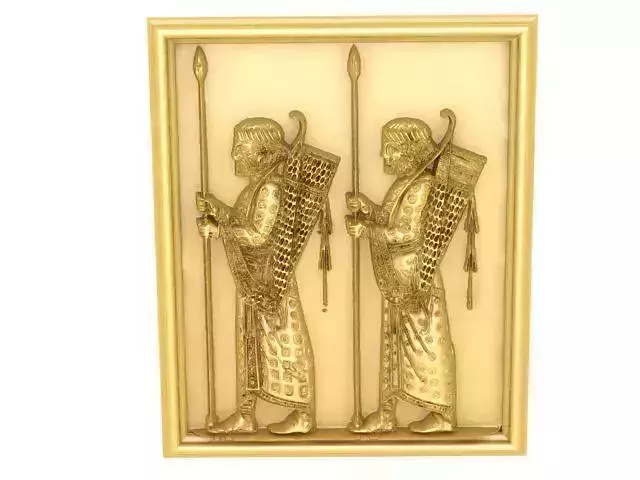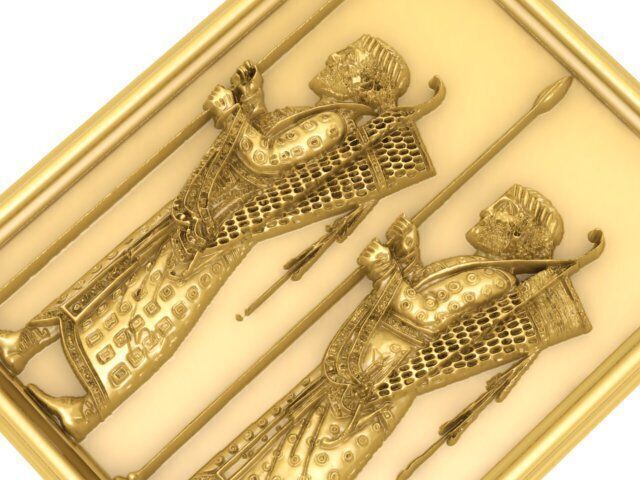
soldiers of the Imperial Guard of the Achaemenid Empire 3D model
The Immortal Guard (in English: Immortals) and (recorded in Greek writings as: Athánatoi) or the Persian Immortals is the name given by Herodotus, the renowned Greek historian, to the elite ten-thousand-strong heavy infantry force of the Achaemenid army. The Greeks called them Immortals because, unlike the usual practice in the ancient world, this force was a standing army. Due to the lack of sufficient sources, the actual name (Spada) of this division of the Imperial Achaemenid army has not reached us.
From the time of Darius the Great, the Achaemenids maintained a permanent army known as the Immortals, consisting of ten thousand men. This guard was called the Immortal Guard because, in the event of illness, injury, or death of one of its members, a replacement from the reserves would immediately take their place. The ten-thousand-strong Immortal Guard and the cavalry guard regiment formed the elite forces of the Achaemenid army. In addition to their duty of protecting the king and the royal family, the Immortal Guard played a significant role as the vanguard of the Persian army in all wars. The first thousand-man unit, whose spears were tipped with golden pomegranates, was the Royal Guard. These were all Persians and were highly renowned and fearsome. The protection of the King of Kings was entrusted to this regiment, and thus, during battles, they were positioned directly in front of and beside the ruler. During court ceremonies, members of this guard stood closer to the king than other soldiers, as guarding the king was their primary duty. Only the regiment with golden spear tips was equipped with shields. Instead, they did not carry bows and quivers but were armed with short Elamite daggers.
The commander of the Royal Guard regiment was simultaneously the commander of the ten-thousand-strong Immortal Guard. He was likely also the superior of the cavalry guard commander. He was one of the most powerful figures in the empire and, in the later Achaemenid period, was officially the Viceroy of the King and was referred to in Old Persian as the Second Ruler.



